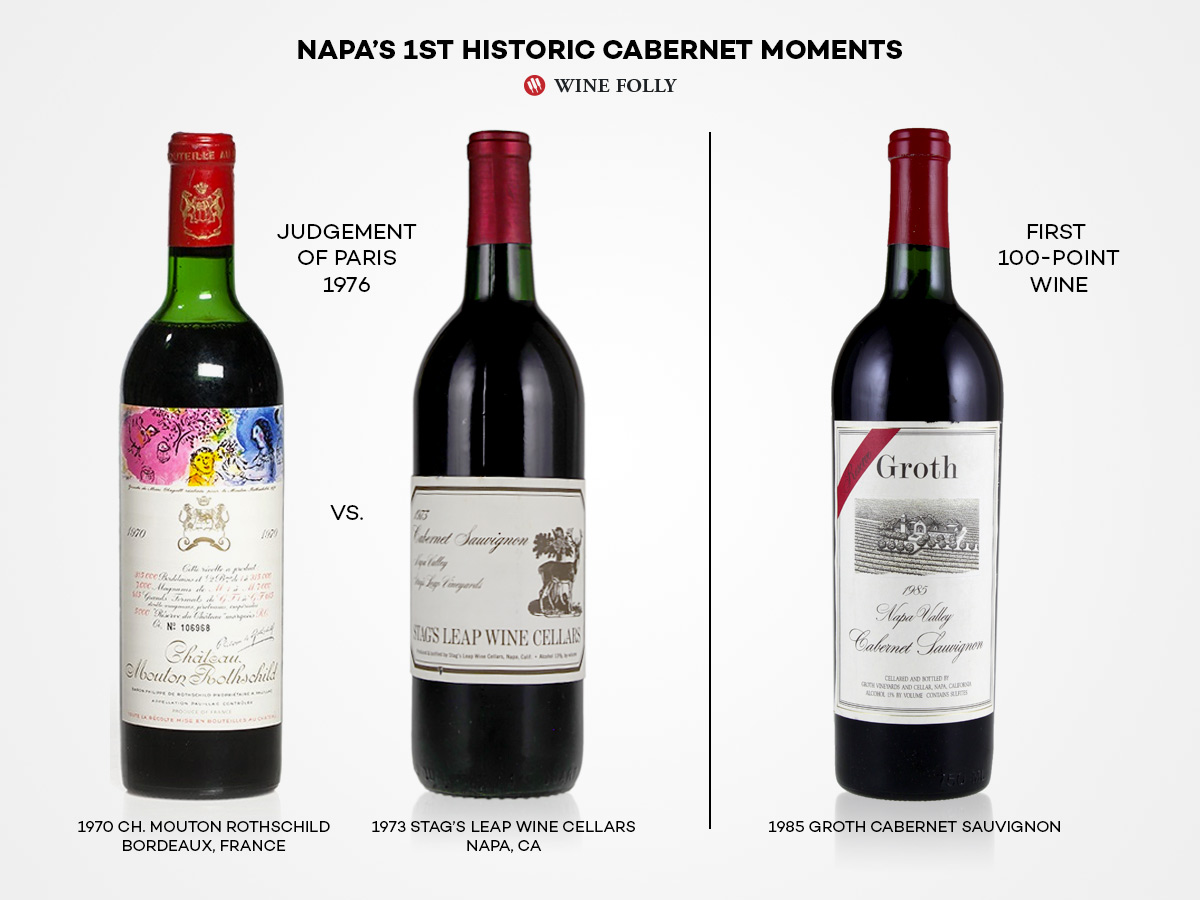Cabernet Sauvignon, a bold red wine known for its complexity and depth, is a favorite among wine enthusiasts.
But for those new to exploring the world of wine, a crucial question often arises: Is Cabernet Sauvignon sweet? Understanding wine flavors, particularly the concept of dryness, is key to appreciating this popular grape varietal. This introduction sets the stage for delving into the world of Cabernet Sauvignon, exploring its dryness level and the factors that influence its taste profile.
Understanding Dryness in Cabernet Sauvignon
Cabernet Sauvignon is generally considered a dry wine. This dryness is determined by the amount of residual sugar left over after the fermentation process. When most of the grape sugars are converted into alcohol by yeast during fermentation, the resulting wine is drier. Conversely, wines with unfermented sugar residue tend to be sweeter.
The Allure of Flavor: A Cabernet Sauvignon Journey
This dry red wine boasts a captivating range of flavors. Primary flavors, derived directly from the grapes, often include dark fruits like blackberry, black currant, and plum. These juicy notes are complemented by hints of black pepper and cedar, adding depth and intrigue. The high tannin content in Cabernet Sauvignon contributes to a firm structure and a slightly astringent sensation on the palate.
A World of Flavor Variations: Exploring Cabernet Sauvignon Regions
The world of Cabernet Sauvignon extends far beyond a single taste profile. Different wine regions, with their unique climates and winemaking practices, produce Cabernet Sauvignons with distinct characteristics.
- Napa Valley, California, is Renowned for its rich and opulent Cabernet Sauvignon, which is bursting with flavors of blackberry, cassis (black currant liqueur), and vanilla.
- Bordeaux, France, is Celebrated for its elegant and structured blends, in which Cabernet Sauvignon plays a leading role. Expect notes of anise, black currant, and plum sauce.
- Coonawarra, Australia: This region’s unique “terra rossa” soil contributes to vibrant and complex Cabernet Sauvignon with hints of eucalyptus and mint.
Food Pairings to Elevate Your Cabernet Sauvignon Experience
Cabernet Sauvignon’s bold flavors and high tannins make it a perfect match for rich and savory dishes. Here are some food pairings that will tantalize your taste buds:
- Grilled meats: The wine’s robust structure complements the intensity of grilled steaks and lamb chops.
- Hearty stews and braised dishes: Cabernet Sauvignon enhances the flavors of these comforting meals.
- Aged cheeses: Aged cheddar, gouda, and blue cheeses pair beautifully with the wine’s complexity.
- Dark chocolate: A delightful indulgence, dark chocolate’s richness complements the wine’s intricate flavors.
Conclusion
In conclusion, Cabernet Sauvignon is a dry red wine that captivates with its bold flavors, high tannins, and diverse regional expressions. Understanding the factors influencing its dryness and exploring the world of food pairings will enhance your appreciation for this remarkable wine. So, raise a glass and embark on your own Cabernet Sauvignon adventure!
References:
FAQ About Cabernet Sauvignon Sweetness: Understanding Wine Flavors
Q: Is Cabernet Sauvignon a sweet wine?
A: No, Cabernet Sauvignon is typically a dry red wine known for its bold flavors, high tannins, and dark fruit notes. It is not considered a sweet wine.
Q: What makes Cabernet Sauvignon taste dry?
A: Cabernet Sauvignon’s dryness comes from the tannins present in the wine. Tannins create that mouth-drying sensation often associated with dry red wines.
Q: Can Cabernet Sauvignon have fruity flavors without being sweet?
A: Yes, Cabernet Sauvignon can exhibit various fruit flavors, such as blackcurrant, black cherry, and plum, without being sweet. These flavors come from the grape itself and are not a result of added sugars.
Q: How can one distinguish between sweet and dry wines?
A: Sweet wines typically have higher residual sugar content, which makes them taste sweeter. In contrast, dry wines have minimal residual sugar, leading to a less sweet taste and a more pronounced acidity.
Q: What are some common misconceptions about wine sweetness?
A: One common misconception is equating fruitiness with sweetness. While wines can have fruity flavors, it doesn’t necessarily mean they are sweet. Understanding the balance between fruitiness, acidity, and tannins can help distinguish sweetness levels in wine.
Q: Are there any sweet variations of Cabernet Sauvignon?
A: While traditional Cabernet Sauvignon is not sweet, some winemakers may produce off-dry or slightly sweet versions. These variations are less common and are not typical of its classic characteristics.


